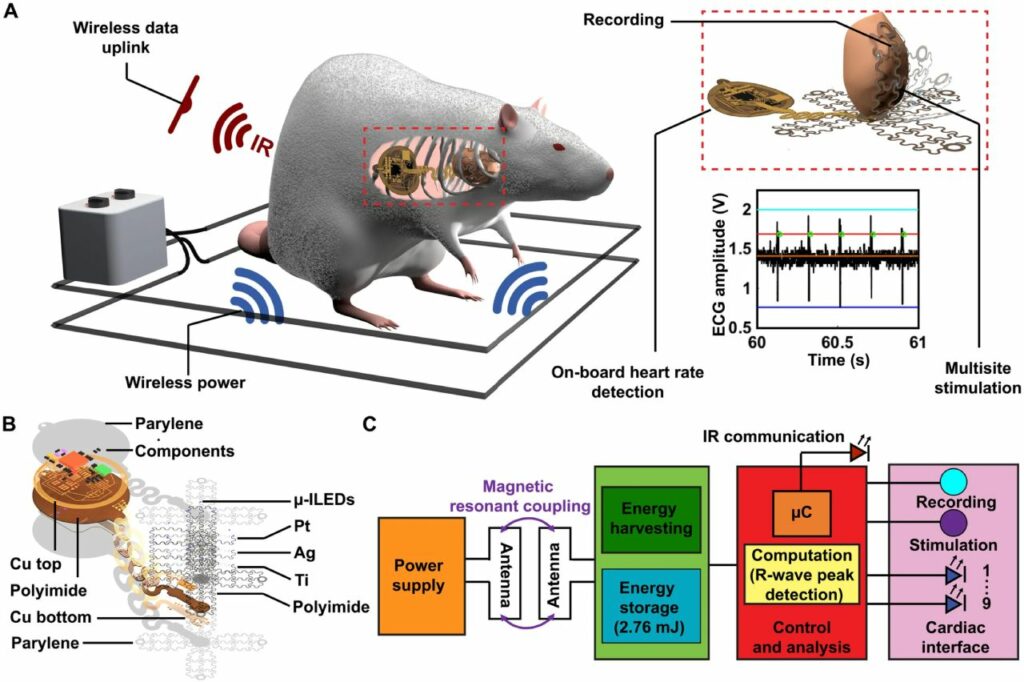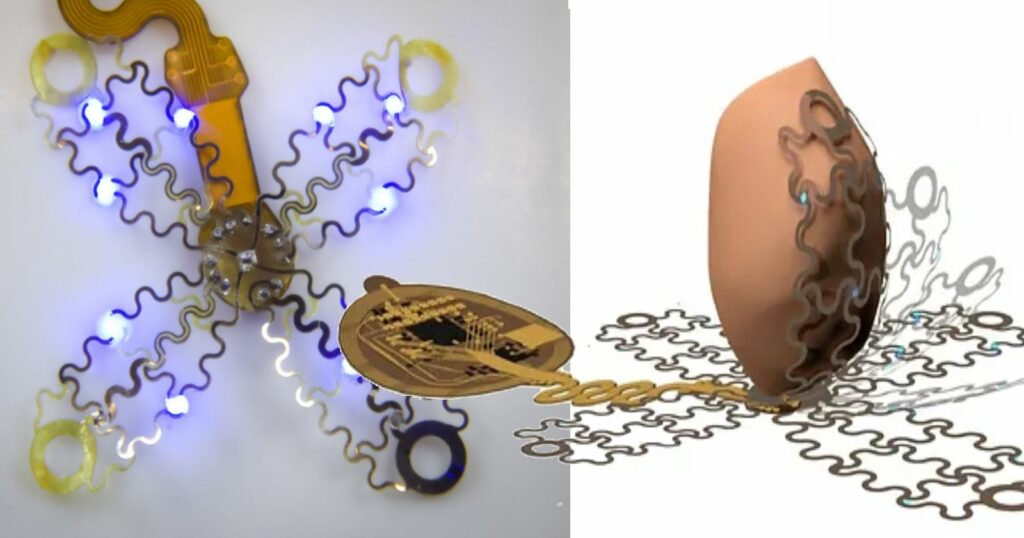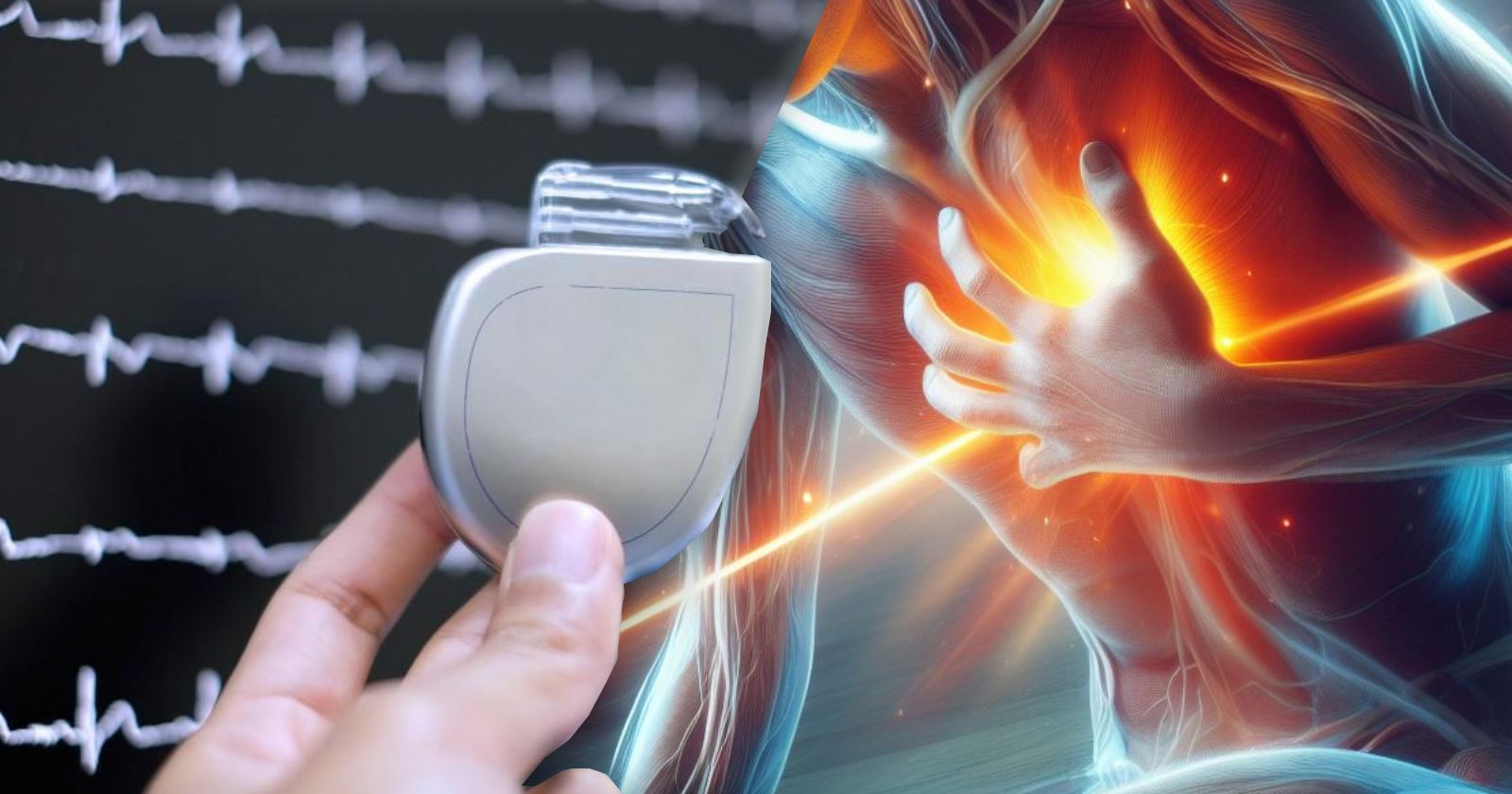Battery-free heart pacemaker, heart pacemaker technology, light-powered heart pacemaker Scientists have unveiled a heart pacemaker that operates with light instead of a battery, eliminating the hassle of battery replacement for heart patients. Currently tested in mice, this new heart pacemaker also operates on a completely different principle. Scientists have explained that this new rhythm regulator targets specific muscles of the heart rather than the entire heart. But how does this battery-free heart pacemaker work?
How does the battery-free heart pacemaker work and what are its differences?
Will the new heart pacemaker technology developed at Arizona University put an end to the hassle of heart pacemaker replacement? These heart pacemakers also have a much more practical structure compared to existing ones. Heart pacemaker technology first emerged in 1958. Since then, heart pacemakers, which have not changed much over the years, deliver small electro shocks to the entire heart when irregular rhythms are detected.

The batteries of these rhythm regulators need to be replaced every 5 to 7 years. While these small devices can be life-saving for some heart patients, they can also be painful. The root cause of this pain is attributed to the fact that even the slightest rhythm disturbance triggers a shock to the entire heart.
This is important for reducing pain in heart patients. This could potentially make heart pacemakers a treatment option for even more irregular heart rhythm disorders. This new heart pacemaker surrounds the heart externally, much like flower petals. With its flexible structure, this new heart pacemaker adapts to the changing shape of the heart during beats.
Battery-free heart pacemaker, heart pacemaker technology, light-powered heart pacemaker The battery-free heart pacemaker and the network structure surrounding the heart The battery-free heart pacemaker, which operates without batteries and with light, has a crown leaf-shaped network structure and a recording electrode. Scientists have stated that this electrode is programmable. This means that it will be possible to adjust which muscles the heart pacemaker will target according to the individual and their condition.

The new heart pacemaker technology developed at Arizona University features a network structure that envelops the entire heart. In this regard, an optogenetic (a technology developed to affect and manipulate light-sensitive cells) network structure affecting light-sensitive cells surrounds the entire heart. The goal here is to control the cardiomyocyte cells (heart muscle cells) responsible for heartbeats. Thus, the wireless and battery-free heart pacemaker has the ability to send shocks only to specific areas of the heart.
In short, with battery-free heart pacemaker technology, more heart patients will benefit from heart pacemaker treatment. Moreover, the hassle of battery replacement will be eliminated. It is not yet known when this less painful technology will begin to be tested in humans.














